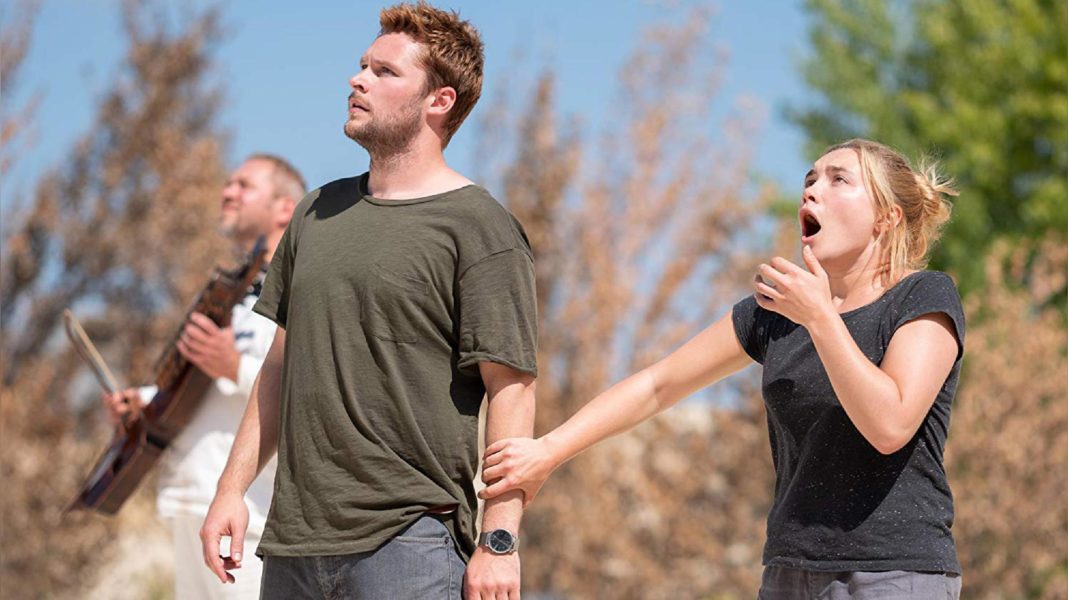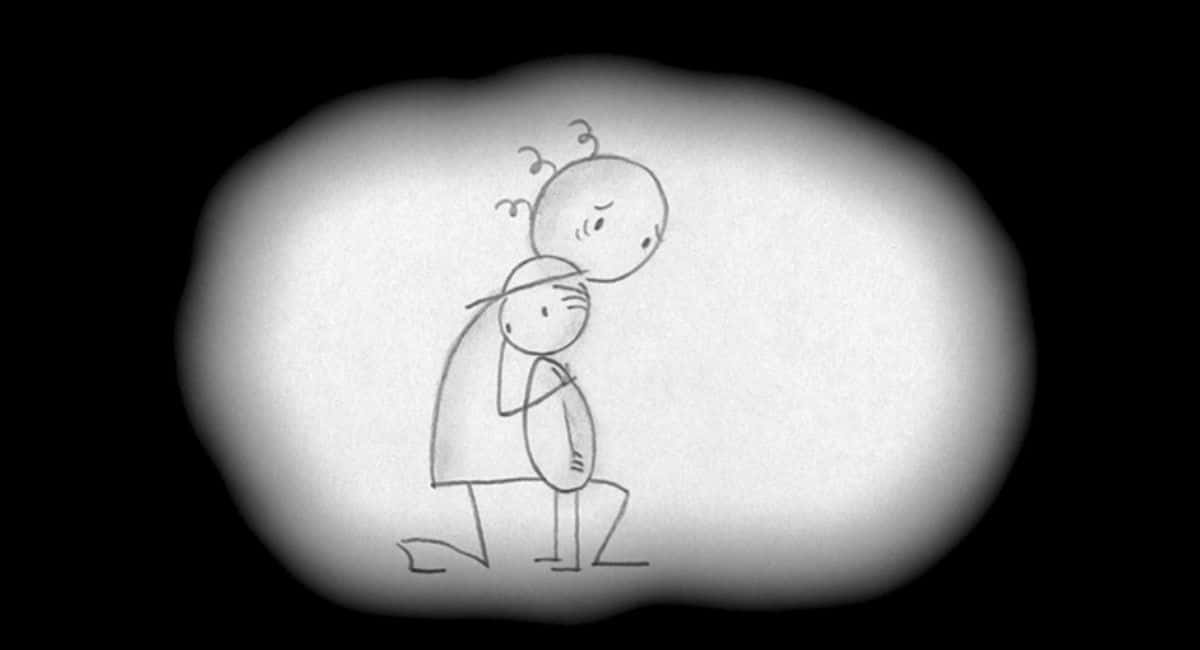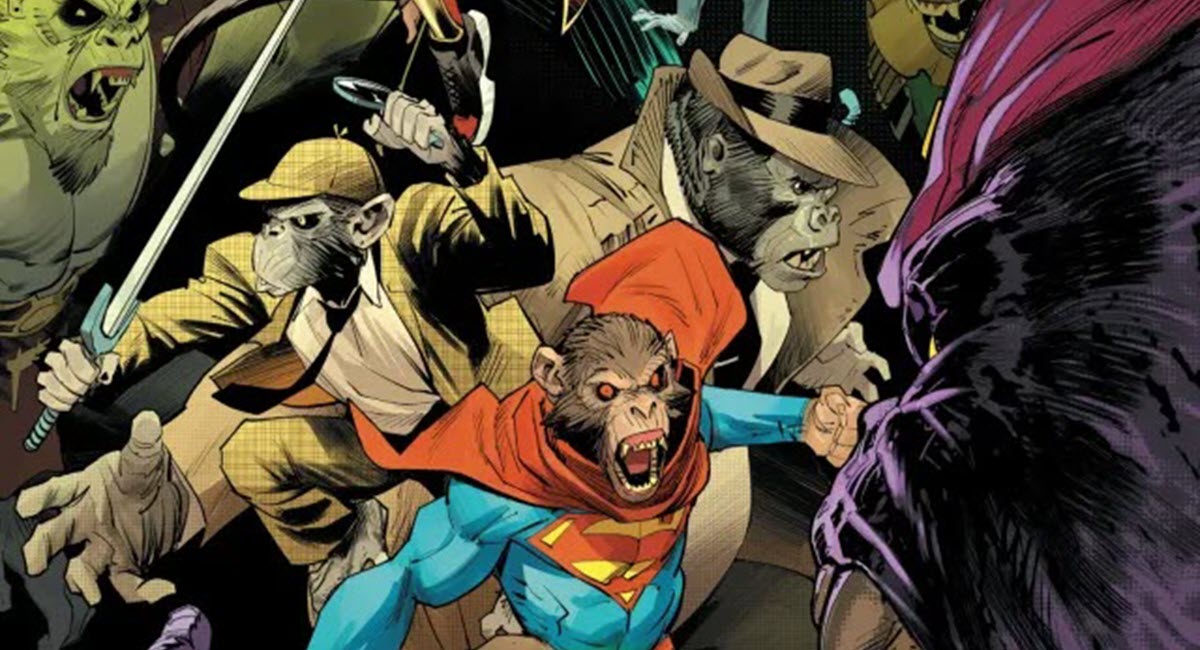The timing of Midsommar is perfect. The U.S. culture surrounding festivals is an area ripe for horror. Festivals like Burning Man and Coachella have been raking in thousands of attendants every year – attendants who pay plenty to don festival wear, listen to music, burn effigies, and so on. It’s a strange confluence, both lacking in long-standing cultural traditions but rooted in the idea of them, woven into a tapestry filled with capitalism and Instagram Influencers. There’s a lot there to unpack there. If you have any doubts about that, you need look no further than Fyre Festival, a culmination of Festival Fever that left hundreds of rich partygoers fleeced of thousands of dollars and stranded on an island with nothing but tents and cheese sandwiches.
So needless to say I was excited when trailers began to appear for Midsommar, the follow-up from the break out director Ari Aster, whose horror film Hereditary made waves last year. Midsommar follows a group of Americans who travel to Sweden to watch and participate in a summer solstice festival that only occurs once every 90 years.
Midsommar primarily revolves around Dani (Florence Pugh) and her deteriorating relationship with her boyfriend Christian (Jack Reynor). Christian’s on the brink of breaking up with Dani, so passively disinterested that he can barely muster the energy to leave her, when tragedy strikes Dani’s family. Not wanting to break up with her in the wake of this event, Christian invites Dani on a trip to observe the Midsommar festival in Sweden. This trip was intended for Christian and his buddies Josh (William Jackson Harper), Mark (Will Poulter), and Pelle (Vilhelm Blomgren). It’s clear no one really wants Dani to come, except Pelle, who has arranged the whole outing back to his Swedish hometown.
Dani knows she’s losing Christian, and she’s desperately fighting to hang onto their relationship – even pretending not to care when he forgets her birthday. But she’s also so bruised from her traumatic loss that she goes along with the status quo as best as she can, tagging along on the trip, taking drugs she doesn’t want to take, and joining into the festivities as soon as they arrive in Pelle’s village. But as the festival kicks into full gear, Dani and the rest of the group begin to feel more uneasy about witnessing what is essentially a cult practicing often gruesome rituals in the bright summer sunlight.
Aster has said that this project came about via a partnership with Swedish financiers who wanted to create a slasher movie set in Sweden, something along the lines of Wicker Man. Aster originally refused the offer until he found an angle: the story of a breakup told in a folk horror setting.
As far as setting and mood goes, Aster knocked it out of the park. Midsommar is bright, beautifully shot example of how “daylight horror” can still set a striking tone. The surrealism of the illuminated setting and fantastical drug trips (complete with flower crowns that look like they’re opening and closing mouths) paints a perfect setting and mood for a horror film that’s willing to look and act a little differently.
But the real star of Midsommar is Pugh, who lends so much complexity to the part of Dani. It’s hard to watch the emotional turmoil the character experiences, and the star doesn’t spare an ounce of energy in portraying a character dealing with vast layers of grief and despair. Unfortunately Reynor isn’t always on the same level as his co-star in those scenes. This is partially down to the thankless task of inhabiting a role whose primary quality is that he’s passive and disinterested. But I wished we’d gotten a little something more from this side of the equation – a character to hate or empathize with or just something, rather than the sort of blank nothingness he ends up embodying.
If scene and tone are Midsommar’s strong points, theme and messaging are where its weaker. This clearly is a break-up film, but I’m not sure exactly what it has to say: the last 30 minutes in particular offer contradictory messages. I did enjoy Aster’s portrayal of the voyeuristic culture surfing of the observing guests the festival, who are more interested in watching and photographing other people’s experiences (“this could be my thesis”) than participating in or respecting them. It works especially well as a theme when coupled with the crisp and vibrant look of the film, which encapsulates 1,000 perfect Instagram shots. I honestly wish Aster had leaned on this material more and the breakup theme a little less.
If you saw Hereditary, you know the ending of the film goes all out and is not for everyone (just look at the CinemaScore mentioned in Ed’s Box Office preview). Midsommar is like the last 15 minutes of Hereditary stretched out to fill half the film. It’s not particularly scary so much as it is grotesque or unsettling. The plot is much more clearly telegraphed than that of its predecessor’s. It’s also surprisingly funny, much like Hereditary but taken further, particularly with Poulter’s dialogue. Those last 15 minutes of the previous film are a good benchmark for how you’ll feel about Midsommar. I found it a messy but satisfying follow up film, though falling clearly short of Aster’s freshman outing, which was one of my favorite films last year.








This I plan to see. It’s one of only two movies at the local multiplexes that isn’t a sequel or a remake. (The other is THE DEAD DON’T DIE, which I saw this week.)
Tweet from film historian Thomas Doherty:
“Well, whatever you think of MIDSOMMAR, it’s like nothing else on the multiplex dance card right now. People who whine incessantly about Hollywood’s superhero-sequel fixation might want to support the risk-taking.”
Comments are closed.